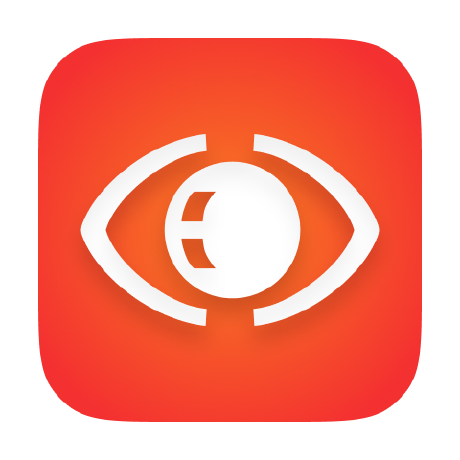SigNoz — Open-Source Observability Platform
SigNoz is an open-source alternative to commercial observability suites like Datadog or New Relic. It focuses on three pillars: metrics, traces, and logs, all stored and visualized in one system. Built on top of modern telemetry standards, it’s designed to plug directly into microservices and cloud-native environments without heavy vendor lock-in.
Why It Matters
Cloud workloads are noisy. Services start, stop, scale up, and fail constantly. Having metrics in one tool, traces in another, and logs in a third often means slow root cause analysis. SigNoz tries to fix that by putting them together: one query language, one UI, and one backend. For teams looking to avoid expensive SaaS monitoring, but still needing modern observability, it’s an attractive option.
How It Works
– Collects telemetry data using OpenTelemetry SDKs and agents.
– Stores metrics and traces in a scalable backend (ClickHouse or Druid).
– Logs can be ingested and searched alongside metrics and traces.
– Provides dashboards, charts, and flame graphs through its web UI.
– Includes alerting rules that trigger via email, Slack, PagerDuty, or webhooks.
Deployment / Installation Guide
– Runs on Kubernetes using official Helm charts.
– For testing, can be started with Docker Compose on a single host.
– Requires ClickHouse or Apache Druid for backend storage.
– Configuration defines telemetry pipelines: which data to ingest, where to store it, and alerting rules.
Integrations
– Native support for OpenTelemetry makes it compatible with dozens of languages and frameworks.
– Can ingest Prometheus-style metrics.
– Exports data to Grafana for teams already using it.
– Alert hooks into Slack, PagerDuty, Opsgenie, and custom endpoints.
Real-World Applications
– Monitoring microservices where developers need distributed tracing as well as metrics.
– Debugging performance issues with flame graphs of requests.
– Replacing expensive SaaS monitoring in cost-sensitive startups.
– Central observability platform for hybrid environments combining cloud and on-prem.
Limitations
– Still younger than long-established tools; feature set evolves quickly.
– Backend requires powerful storage systems (ClickHouse/Druid) for scale.
– UI, while improving, lacks polish compared to major commercial platforms.
– Smaller ecosystem and community than Prometheus or Grafana.
Snapshot Comparison
| Tool | Role | Strengths | Best Fit |
| SigNoz | Observability stack | Unified metrics, logs, traces | Teams avoiding SaaS monitoring |
| Prometheus | Metrics DB | Simple, strong ecosystem | Cloud-native monitoring |
| Grafana Loki | Log aggregation | Cheap storage, label-based | Kubernetes and Grafana users |
| Jaeger | Tracing system | Strong distributed tracing | Teams focusing only on traces |

